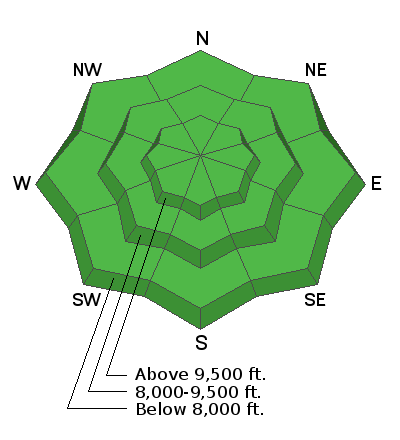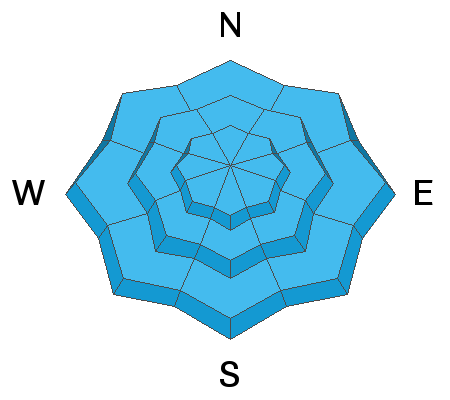Forecast for the Salt Lake Area Mountains

Issued by Greg Gagne on
Monday morning, January 17, 2022
Monday morning, January 17, 2022
The avalanche danger is Low on all aspects at all elevations. Natural and human-triggered avalanches are unlikely, but not impossible, and could occur in isolated terrain.
Continue to use safe travel protocol practices when in avalanche terrain - keep a close eye on your partners and expose only one person at a time on a slope.

Low
Moderate
Considerable
High
Extreme
Learn how to read the forecast here







